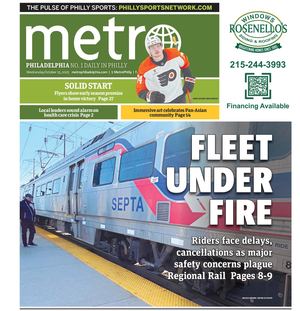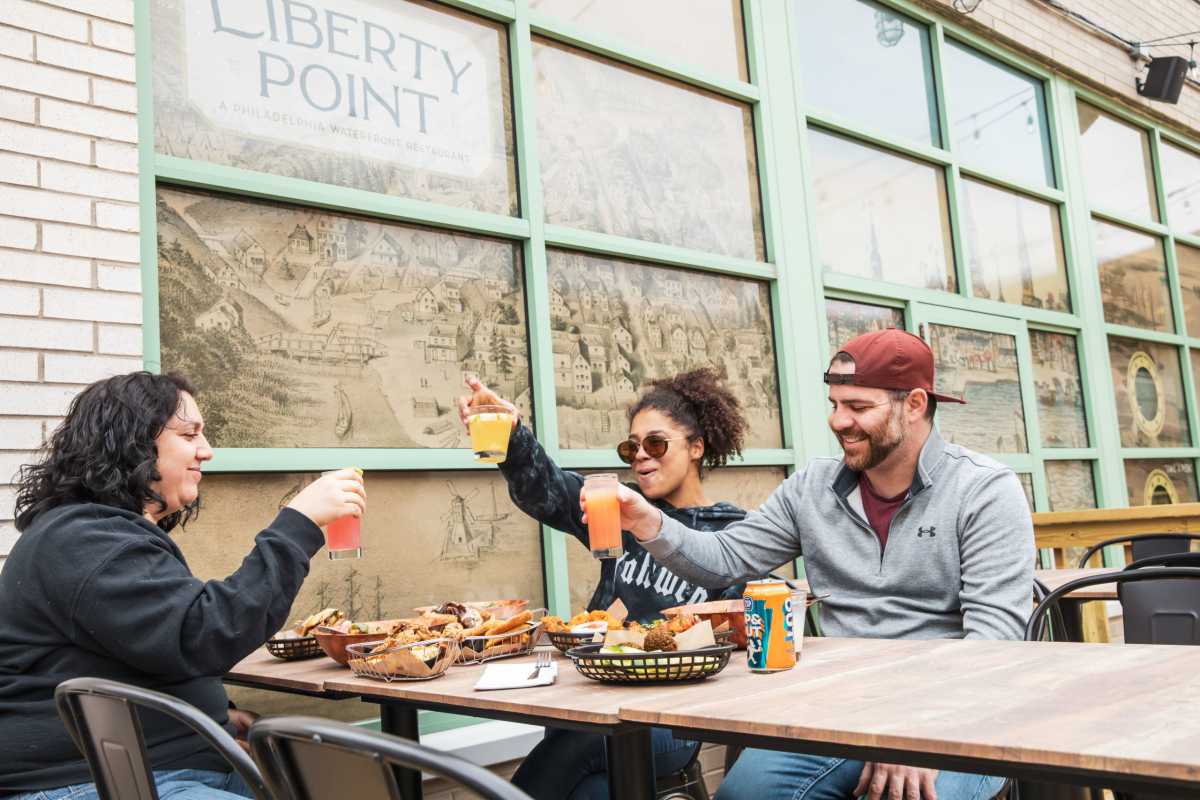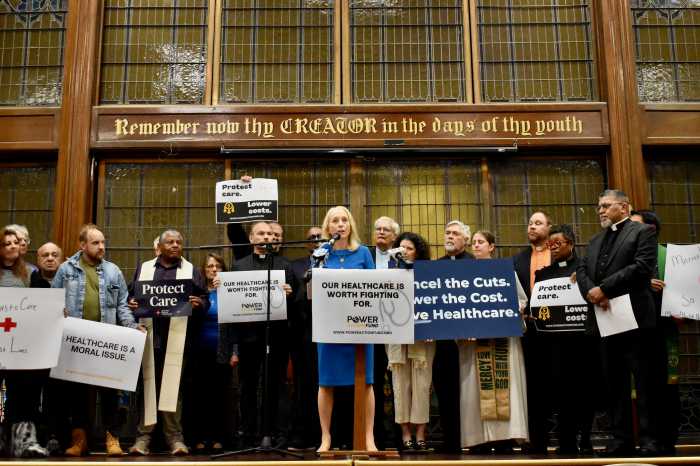Opening the largest restaurant space in Philadelphia—the 1,400 seat Liberty Point along the waterfront—wasn’t a goal for its owner, FCM Hospitality’s Avram Hornik. Serving scores of drinks and scads of meals isn’t either.
Instead, when he and his staff open Liberty Point on May 3, you’ll find that community and true civic engagement is Hornik’s main mission.
That, and fully utilizing the expanse of the Philadelphia waterfront, as he has already with Craft Hall, Unleashed Bark and Beer, The Garden at Cherry Street Pier, Morgan’s Pier, River Beer Garden at Race Street Pier and now, Liberty Point.
Metro recently sat down with Hornik to learn more.

What is so amenable about Philly’s waterfront, personally and professionally?
You have to give credit to the Delaware River Waterfront Corporation and the planning process that they’ve been through to revitalize that area. It started with Race Street Pier, and now the waterfront trail is completed. Many cities in America came about in the first place due to their waterfront. Philly being what it is as it is where the Schuykill and the Delaware Rivers met.
The original Old City was here, an essential part of Philadelphia’s character and history. Over time, that became an industrial history… not really for people, as the water was polluted. The Clean Water Act transformed those urban waterways closer to what they were in pre-industrial times. The air is fresher, the water cleaner, and you get a sense of nature as the tides move back-and-forth. From Liberty Point and the waterfront, you get these expansive views… views that connect you to something beyond the city’s ‘built’ environment.
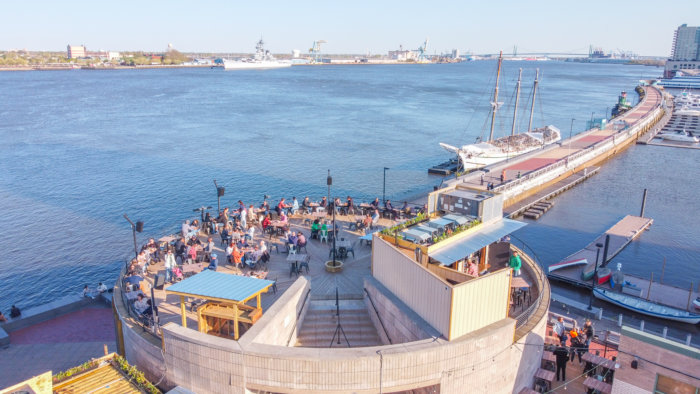
What happened in the 90s when the first waterfront boom occurred and subsequently failed?
It wasn’t thoughtful development that occurred. In the 90s, this was still an industrial area, and the nightclubs spring up because there was no one around – no residents, really. The city then never thought through issues involving hospitality uses: where do people park? How do we deal with security and police and being respectful to incoming neighbors? There is a radical difference now due to the waterfront’s great mixed use, residential density and community space regarding biking and walking. Right now, there are three construction sites each building for upwards of 400 residents each. The DRWC is giving this development appropriate direction, a rudder.
What did you like most about the space that Liberty Point inhabits as part of the Independence Seaport Museum?
My real interest is in underutilized space, existing buildings not being used to their full potential. They’re diamond in the roughs. The Seaport Museum had these wonderful outdoor decks, built for the Bicentennial, and designed to move massive numbers of people in-and-out of their performance theater. Since then, it hasn’t been used, so I was able to reimagine it. We took out walls, opened up the view of the waterfront, put in kitchens and bathrooms, and we softened up the space with a lot of wood and decking. We transformed it into what it wanted to be.
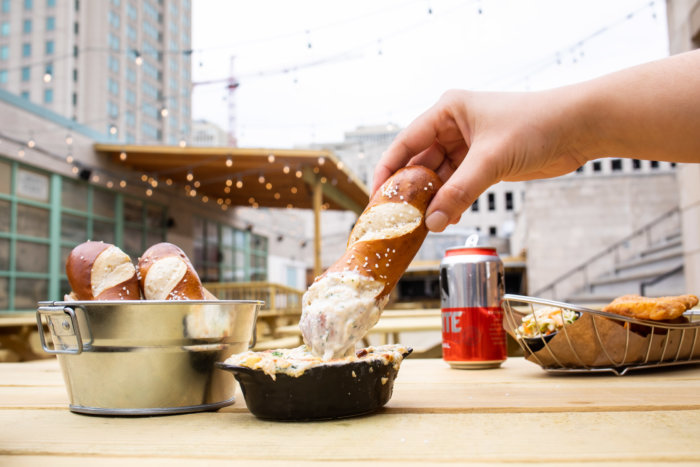
What makes Liberty Point great?
The water views. My locations are built around making place for people to socialize, how can we get people to best spend time together. Once you come to this space and see these amazing views of the water, of the bridges, of the sky. You are happy to be there. So my job, beyond conceiving and building the restaurant, is to just get out of the way. To allow as many people as possible to be near the river and these views.
What can you say about now having the city’s largest restaurant in Liberty Point?
Having done this for a while now, I can say clearly that it takes just as much work to make a small place as it does a big space. I love outdoor spaces because you get more bang for your buck. You don’t have to decorate. Mother Nature has done the job for you.
